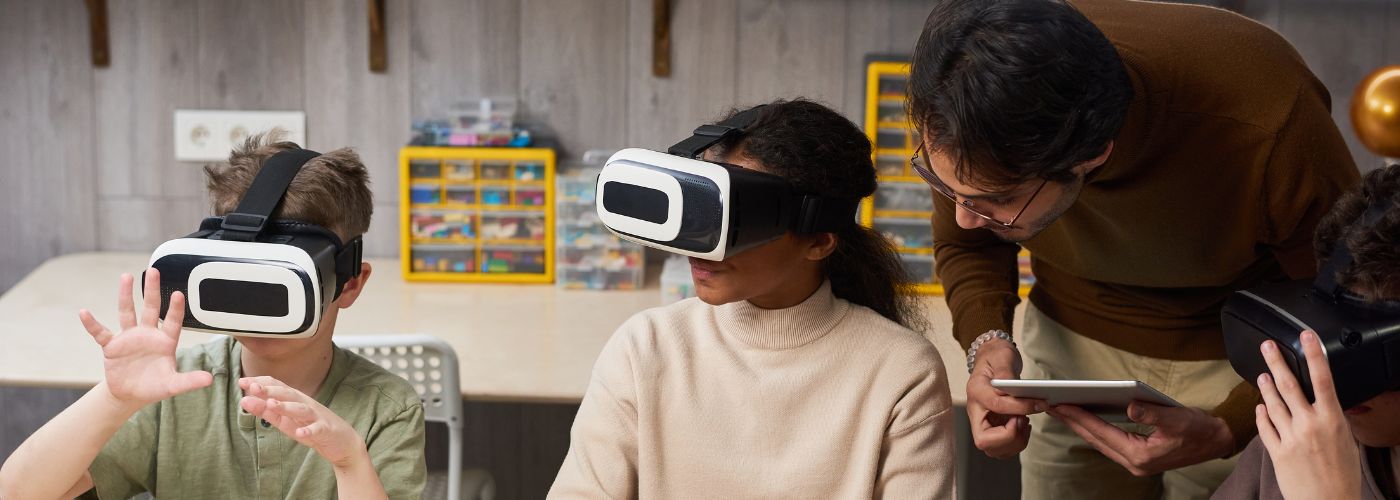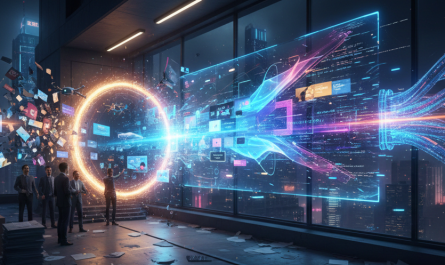In the digital era, staying ahead requires leveraging cutting-edge technologies. Augmented Reality (AR) and Virtual Reality (VR) are reshaping e-commerce by offering immersive experiences. Customers can virtually try products, enhancing engagement and loyalty. To ensure your brand stays at the forefront, partnering with top advertising agencies in Bangalore can amplify your AR/VR integration strategy. Seamlessly incorporating these technologies future-proofs your business, delivering innovation and enhancing the shopping journey for your customers.
The Rise of AR and VR in Ecommerce
Augmented Reality overlays digital content onto the physical world, while Virtual Reality creates entirely immersive digital environments. Both technologies have gained traction in the ecommerce sector due to their ability to address common pain points in online shopping, such as the inability to try products before purchase and the lack of in-person interaction with products.
AR vs. VR: Understanding the Key Differences
While AR and VR are often used interchangeably, they offer distinct experiences:
- Augmented Reality (AR): AR overlays digital information (images, text, etc.) onto the real world, typically viewed through a smartphone or tablet. This enhances our perception of reality by adding interactive elements.
- Virtual Reality (VR): VR creates a completely immersive, computer-generated environment that users experience through headsets. It blocks out the real world, transporting users to a different place or scenario.
Augmented Reality in eCommerce: Use Cases & Statistics
AR is already making waves in eCommerce, offering a range of exciting use cases:
- Virtual Try-Ons: Shoppers can virtually try on clothes, makeup, glasses, and even furniture to see how items look on them or in their spaces before purchasing.
- Product Visualization: AR allows customers to see products in 3D, rotate them, and even place them in their homes using their device’s camera.
- Interactive User Manuals: Brands are using AR to create interactive product manuals, offering step-by-step guides or troubleshooting instructions.
- Gamification: AR games can engage customers and lead to increased brand awareness and loyalty.
Ecommerce Statistics:
- 61% of online shoppers prefer retailers with AR experiences.
- 71% of consumers would shop more often if they used AR.
- AR can reduce product returns by up to 35%.
Virtual Reality in eCommerce: Use Cases & Statistics
While VR is still emerging in the eCommerce world, it has immense potential:
- Virtual Stores: Customers can virtually browse store aisles and select items from virtual shelves, offering a new dimension to online shopping.
- Virtual Showrooms: Brands can create immersive showrooms for cars, real estate, or even travel destinations, providing realistic previews before customers commit.
- Experiential Marketing: VR experiences can transport customers to brand events, concerts, or product launches, creating a sense of exclusivity and excitement.
Ecommerce Statistics:
- The VR market in retail is projected to reach $1.6 billion by 2025.
- 45% of consumers are interested in using VR for shopping.
- VR can increase average order value by 17%.
Wrapping Up: The Future of Immersive eCommerce
AR and VR are ushering in a new era of immersive eCommerce, transforming how we discover, evaluate, and purchase products online. As technology continues to advance, we can expect even more innovative applications that will make online shopping more engaging, informative, and enjoyable. Top advertising agencies in Bangalore are leveraging these technologies to help brands create engaging product visualizations and virtual try-ons, driving customer engagement and sales.
The future of eCommerce is immersive, and brands that embrace AR and VR are poised to lead the way, attracting new customers and building lasting relationships.





